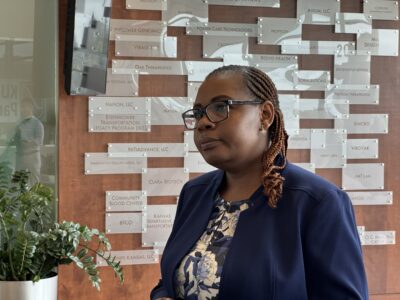Four Kansas counties now ‘minority-majority’
Wichita ? The U.S. Census Bureau estimates four counties in Kansas have reached “minority-majority” status.
According to figures released May 14, Finney County between 2007 and 2008 joined the counties of Seward, Ford and Wyandotte where non-Hispanic whites were minorities. Grant and Hamilton counties are expected to join them in 2021 if current population growth patterns continue. Their fellow southwestern Kansas counties of Stevens and Stanton will reach that point in the early 2030s, the estimates predicted.
The statewide minority total grew 3.1 percent, faster than the national rate of 2.3 percent. Minorities now make up almost 20 percent of the Kansas population, compared with 34 percent nationwide.
Geary County was the state’s fastest-growing county from 2007 to 2008, largely because of an increase in troops based at Fort Riley.
The May 14 figures are the last batch of estimates being released before next year’s regular census, which is held every 10 years.
Peter Haxton, the state data center coordinator for Kansas, said the estimates are based on births, deaths and migration figures based on records from the Internal Revenue Service and Medicare.
Overall, the Census Bureau estimates 47 Kansas counties saw population increases during that period, while 58 saw their populations shrink.
Sedgwick County’s population grew 1.6 percent last year but remained the state’s second-largest county, behind Johnson.
The biggest population drop was seen in Kiowa County, which lost hundreds of homes when a tornado destroyed most of Greensburg.
City Administrator Steve Hewitt estimates Greensburg’s population is 400 to 500 less than when 1,450 residents lived there before the tornado. He said many of those residents migrated to Pratt and Dodge City.
It’s unknown when the city will get back to its pre-tornado population, he said, but people are requesting building permits every week. Also, the rebuilding of the city’s schools and hospital is continuing, he said.
“Those are things that are going to take time,” he said. “I think a good measuring stick will be in five years.”







